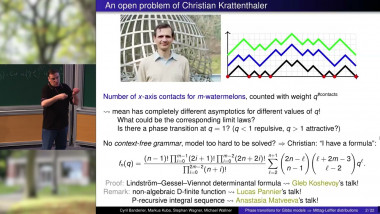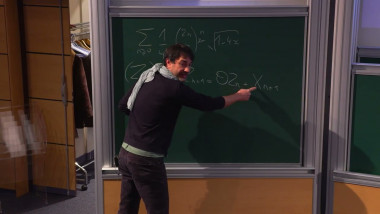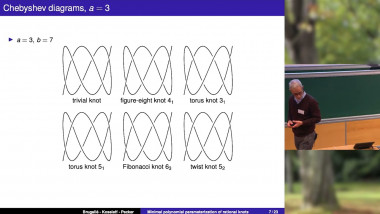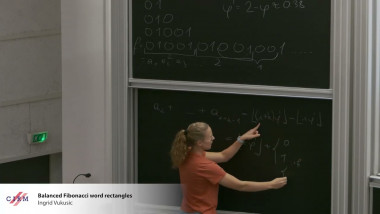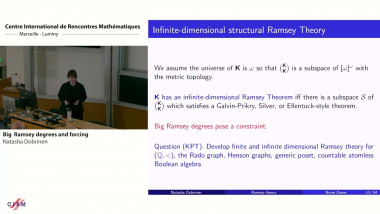Appears in collection : Combinatorics and Arithmetic for Physics: special days 2023
As it is known, the function $F(t) = exp(exp(t) − 1)$ is the exponential generating function (egf) of the (integer) Bell numbers $B(n)$, with $B(n) = 1, 1, 2, 5, 15, 52, 203,\dots$ , for $n = 0, 1,\dots$. The $B(n)$′s count the numbers of all partitions of a set of n distinguishable objects into indistinguishable ”boxes”. In this work, we investigate some properties of integers describing restricted partitions (RP), resulting from the deformations of the exponent in $F(t)$ in two following ways:
(A) - either we substract a finite number of terms from the exponent in F (t), or
(B) - we retain only a finite number of terms in the exponent in F (t).
In case (A) the so obtained egfs generate the numbers of RP without ”boxes” of certain sizes, whereas in case (B) the appropriate egfs generate the numbers of RP with only ”boxes” of certain sizes. We treat many instances from (A) and (B), employing the multi-variable extensions of Hermite polynomials (also known as Gould-Hopper or Kampé de Fériet polynomials), developed by G. Dattoli et al. In this manner we obtain closed-form expressions for many enumerating sequences of RP, termed restricted Bell numbers, entirely in terms of finite operations on generalized hypergeometric functions. These formulas can be efficiently handled by Computer Algebra Systems. Some drawbacks of this formalism are also pointed out.
